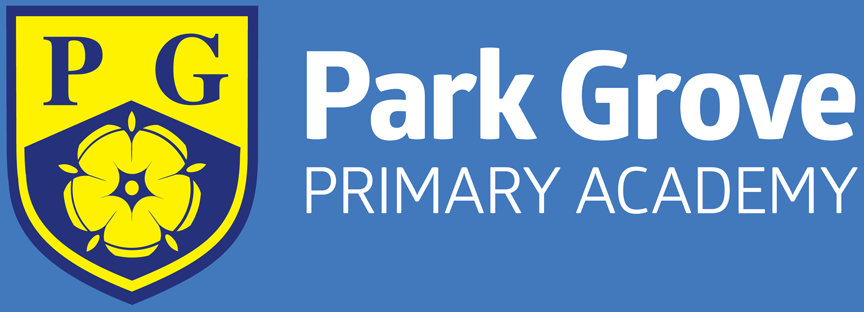Park Grove Primary Academy is situated north of York, just outside the city walls in an area called ‘The Groves’ after Grove House, a large house and estate that used to occupy the area. Initially called Park Grove Council School, it was designed by celebrated local architect Walter Brierley and opened in August 1895 at a cost of £12,066. A newspaper report of the time described the school as having facilities to ‘rival that of Eton or Harrow’. The school is the oldest of five similar schools in York by Walter Brierley – Park Grove, Fishergate, Scarcroft, Poppleton Road and Haxby Road. Mr Brierley also designed County Hall for North Yorkshire County Council in Northallerton.
At Park Grove there was accommodation for 1,393 children in two departments, ‘mixed and infants’. In 1897 the average attendance was 1,115, which must have meant class sizes of over 55. By 1956 the senior school was for boys only and 250 were enrolled; there were 210 enrolled in the junior and 100 in the infants’ schools. We now have nine classes and around 250 children aged between 5 – 11.
In 1901 Joseph Rowntree, in his study on poverty, defined the population of the Groves as “having a substantial proportion of poor inhabiting the long rows of back-to-back houses.” But they were mixed with what he regarded as “working classes above the poverty line. These persons lived either in the same sort of back-to-back house or in the rows of working-class houses among the best of which were those of the well-to-do artisans with their bow windows, little railed-in front gardens, and small backyards.” Slum clearance work in the late 1950s and early 1960s meant the Groves now has a range of housing styles; some small back-to-backs remain, now modernised, there are areas of low flats and large Victorian town houses together with some modern accommodation. This was also the period when the school gained its field.
In the First World War the school was used to billet wounded soldiers and the children were sent to Brook Street School. The school was bombed during the Second World War and the girls were moved into a local Methodist Church, the boys remained in the undamaged half of the building. When the Secondary Modern Boys’ School on the top floor closed in 1979 it was occupied by the Staff Development Centre and LEA Advisors.
In February 1997 an electrical fault caused a devastating fire which virtually destroyed the Grade II listed building. However, 2½ years and £1.5 million later, the rebuilt school opened in September 1999. We now have the space and size of a Victorian building with all the modern facilities of a new school including hall, gymnasium, fully equipped and networked classrooms and a dramatic learning environment.
Following a comprehensive review by governors, Park Grove converted to academy status in April 2017, joining the York-based Ebor Academy Trust.






